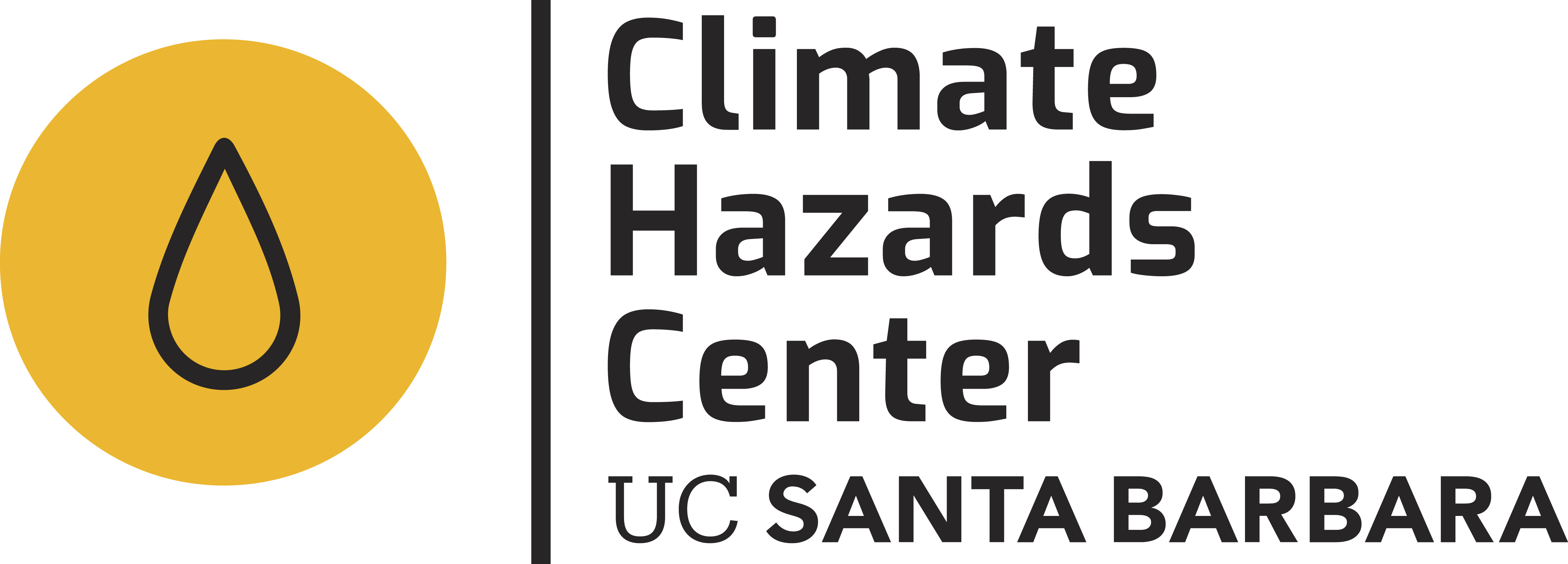As human exposure to hydro-climatic extremes increases and the number of in situ rain gauge observations declines, satellite-based precipitation estimates, such as the Integrated Multi-satellitE Retrievals for Global Precipitation Measurement (GPM) mission (IMERG), provide a critical source of information. To leverage this information, we have created a new gauge-enhanced data set, the Climate Hazards IMErg with Stations (CHIMES) archive, designed to support global crop and hydrologic modeling and monitoring. CHIMES enhances the IMERG Late Run product using an updated Climate Hazards Center’s (CHC) high-resolution climatology (CHPclim) and low-latency rain-gauge observations. CHPclim differs from other products because it incorporates long-term averages of satellite precipitation, which increases CHPclim’s fidelity in data-sparse areas with complex terrain. This fidelity translates into performance increases in unbiased IMERGlate data, which we refer to as CHIME. This is augmented with gauge observations to produce CHIMES.
The new (2nd) version of the CHPclim and the CHIMES archive are described in a new paper in the Bulletin of the American Meteorological Society, available here. The CHIMES data will be available here.
The CHC’s curated rain-gauge archive contains valuable contributions from many countries. There are two versions of CHIMES: preliminary and final. The final product has more copious and better-curated station data. Every pentad and month, bias-adjusted IMERG late fields are combined with gauge observations to create pentadal and monthly CHIMESprelim and CHIMESfinal. Comparisons with pentadal, high-quality gridded station data show that IMERG Late performs well (r=0.75), but has some systematic biases which can be reduced. Monthly cross-validation results indicate that unbiasing increases the variance explained from 50 to 63 percent and decreases the mean absolute error from 48 to 39 mm month−1. Gauge enhancement then increases the variance explained to 75 percent, reducing the mean absolute error to 27 mm month−1.
While the BAMS paper contains rigorous validation analyses in well-instrumented regions of North America, Europe, and Australia, we have also completed an evaluation focused on the Eastern Horn of Africa, and presented these results at the annual NASA GPM meeting (ppt here). This talk focused on comparing four gauge-enhanced rainfall products (CHIRPS2, CHIRPS3, CHIMES, and MSWEP) and four satellite-only products (CHIRP2, CHIRP3, CHIME and IMERGlate) in arid or semi-arid regions of eastern Africa. CHIRPS3 is the soon-to-be-released next version of CHIRPS. Of particular concern within this analysis was the capability of CHIMES and CHIRPS3 to capture rainfall variations in dry regions.
Figure 1 shows Long rains growing season precipitation totals for selected regions. In the Turkana region of Kenya (upper-left) we see that CHIMES and CHIRPS3 are very coherent, both in terms of year-to-year variability and correlation. Conversely, CHIRPS2 and MSWEP have very low year-to-year variability - which limits their ability to estimate the depth-of-drought during dry years. The same pattern emerges in northern Somalia (upper-right), central Somalia (bottom-right), and the Bay region of Somalia (lower-left). It should be noted that the satellite data driving CHIRPS3 and CHIMES is largely independent, with CHIRPS3 relying solely on geostationary Thermal Infrared satellite data, and the IMERGlate-based CHIMES based primarily on a global constellation of passive microwave-observing satellites, so the convergence of CHIMES and CHIRPS3 suggests a major step forward in our ability to monitor hydrologic extremes in drylands areas.
Key Takeaways:
-
CHIMES enhances IMERGlate by adding information from a high-resolution climatology and gauge observations.
-
A detailed explanation of CHIMES and validation results are available in our BAMS paper.
-
At seasonal/drought monitoring time scales, the results presented here indicate that CHIMES performs better than CHIRPS2 and MSWEP, especially in arid and semi-arid regions.
-
This is good news for groups like FEWS NET, and probably applies to many arid and semi-arid regions – who will certainly face increasing water-related challenges.
Primary support for this work came from the National Aeronauticsand Space Administration (NASA) GPM mission grant #80NSSC19K0686 and the U.S. Agency for International Development (USAID) cooperative agreement #72DFFP19CA00001. Additional support for CF was provided by the U.S. Geological Survey Drivers of Drought and the Famine Early Warning Systems Network programs, as well as U.S. Geological Survey (USGS) cooperative agreement #G14AC00042.
